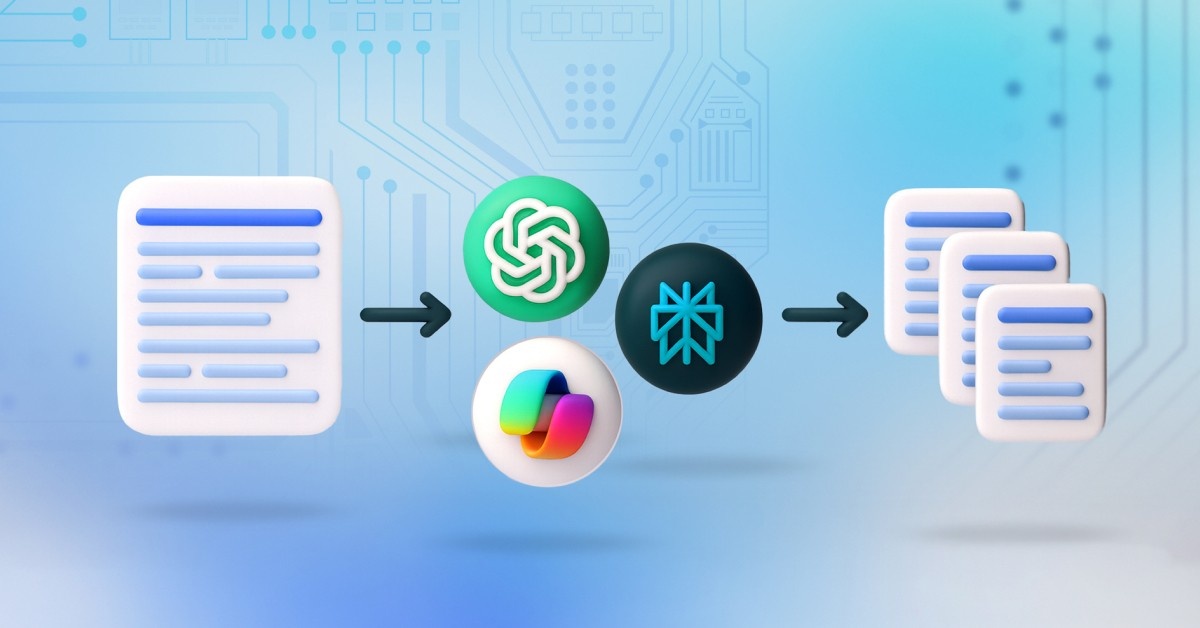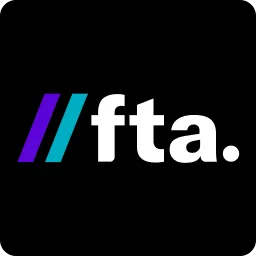Your Brand, Your Rules. Leading in the Age of AI
In this Signals session on Day Four of the Marketing Stack 2025 Summit, I spoke about what it truly takes to lead a brand in the age of AI, rather than just using shiny tools with a sustaining system that keeps your soul intact while you scale.
Slow is the same as invisible. However, efficiency without authenticity is a race to the bottom. We do not remember the fastest brands. We recognize the ones that stand for something in this AI-first world.
The question for marketing leaders is simple. How do we get faster without getting faker?
AI lets you write a blog, an ad, or a creative in minutes, or even seconds. That is a gift, but at the same time, it also creates a sameness problem.
If you feed the same prompts into the same LLM models, you get the exact copy that every competitor can produce. When AI becomes the driver instead of the assistant, the fastest route leads you to irrelevance.
You will find it extremely difficult to compete against strong and established competitors who invest in AI and have a defined name in the marketing world.
Authenticity is a growth lever
Being authentic is not a feel-good word. It is a business choice that compounds.
When you show up with clarity, honesty, and originality, three things move in your favor -
- Trust goes up. Trust is the only currency that holds when markets get noisy.
- Retention improves. Churn is a silent killer. Lower churn buys time for compounding.
- Acquisition cost falls. Advocacy and word of mouth carry weight you cannot outbid.
Speed is now commoditized, while trust is still the differentiator. At FTA Global, we have seen this across AI transformations.
Brands that doubled down on authenticity did not just protect their share. They expanded it. They paid less tax on attention because the market did their distribution.
You do not need to pick between efficiency and authenticity. You need a system that forces both to coexist.
The four-step system for brand authenticity in the AI era
Think of this as an operating system. It is not a theory. It is how we run our own work.
1) Define your non-negotiables
This is the line you do not cross. Values. Tone. Ethics. Purpose. These do not change with channels or tools.
We at FTA Global keep our compass clear. Every plan and every output needs to reflect your mission, vision & values. Strip away the logo and taglines. If your copy still feels like you, you have done the work.
Here are some of the core starting points for your brand:
- Write the three truths your brand will never trade away.
- Describe your tone in five adjectives and ban the opposites.
- Document your ethical red lines for data, claims, and creative.
If you do not do this, authenticity becomes a slogan. As a result, the rest of the system will fail.
2) Embed humanity into the system
AI does not understand your culture until you teach it. The job is to wire brand guardrails into briefs, prompts, and workflows.
Move beyond generic tasks. Do not ask for a product description in isolation. Instruct the model with your stance. For example, if your brand is playful but respectful, specify that mix in the brief. Ask for clarity first, humor second, and never at the expense of the customer’s intelligence.
Make this very systematic:
- Create prompt templates that carry your tone and values.
- Add examples of good and bad brand voice for contrast.
- Store these in your toolchain so teams stop reinventing the wheel.
A small shift in instructions transforms the output. It keeps the personality intact while keeping the speed.
3) Guard the outputs with human checks
AI is so powerful and will soon disrupt every replaceable industry. Yet, it hallucinates and flattens nuance. Every output needs a quick human filter.
These three questions work well when reviewing AI output -
- Does this reflect our values and tone?
- Does this sound like something we would say in the room with a customer?
- Is the claim accurate and defensible if challenged?
If the answer is no, stop immediately and fix it. Mistakes scale faster than ever. A careless meta title push can travel across your catalog and erode rankings, trust, and sales.
Operationalize the following gates:
- Keep humans in the loop for high-impact surfaces like titles, descriptions, CTAs, and ads.
- Audit samples at volume. Do not approve batches blindly.
- Track errors and feed them back into your templates and prompts.
This is not bureaucracy. It is insurance for your brand’s reputation.
4) Scale with codified consistency
Once rules are clear, prompts are embedded, and checks are in place, you can scale with intent. Later, codify everything you built into a playbook.
Across all surfaces, your brand should feel the same, including ads on Instagram. Chatbots reply. Email campaigns. YouTube scripts. Landing pages. The voice should be recognizable and consistent.
Here’s how to make scaling safer:
- Publish a single playbook that covers tone, prompts, do not use words, and visual cues.
- Involve the brand team in large rollouts. Vet prompts and sample outputs before pushing.
- Treat mass changes to titles and descriptions as surgical. Test in slices. Measure. Roll forward only when stable.
Search is volatile. Rankings are hard won and easy to lose. AI overviews, evolving SERPs, and LLM-powered discovery raise the stakes. A reckless bulk change can take months to recover.
Putting the filter to work
During the session, I showed a simple before-and-after. On the left, a generic AI-generated message. It was professional, but empty. On the right, the same message rewritten with brand rules. It felt alive. It felt trustworthy. That is the point. Fast is good. Fast with soul is durable.
Use this basic authenticity filter for your teams before going live -
- Does this read like us?
- Would a customer believe we wrote this?
- If a competitor copied it, would it still feel like ours?
If the filter fails, the work is not done.
What to avoid when you scale AI?
- Don’t confuse tool rollout with transformation.
- Avoid bypassing human review for speed.
- Try not to treat the product copy as a filler. It carries your story.
- Don’t let engineers or vendors define brand voice by accident.
- Don’t push bulk changes without telemetry and rollback plans.
What can you do instead?
- Start with non-negotiables.
- Teach the system your voice.
- Gate outputs with simple human checks.
- Codify and scale with discipline.
- Measure trust, retention, and advocacy, not just throughput.
The future belongs to the brands that stay themselves
AI will keep getting faster. New models will ship every month. Memory will improve. Integrations will multiply. All of that is welcome. None of that replaces judgment.
Speed without soul does not last. The brands that win will not just be the fastest. They will be the ones who stayed themselves while moving at market speed.
Your defined rules set your brand and how you protect and scale it, ensuring it remains relevant and AI-ready.
Do you want more traffic?

How Should You Structure Information in RAG so Retrieval Never Fails?

How Do Indexing Metadata and Structure Make LLM Search Work?

A Complete Guide to Chunk Optimisation and Index Planning in B2B Marketing










